Garfish, known for their elongated bodies and needle-like snouts, are a fascinating species for anglers seeking a unique fishing experience. Found in freshwater and brackish environments across the U.S., these fish present a thrilling challenge due to their aggressive feeding habits and powerful fights. No matter your level of experience, this article covers everything to bring you to the next level on how to catch gar, including fishing gear selection, bait choices, and effective fishing techniques.
Understanding Garfish Behaviors
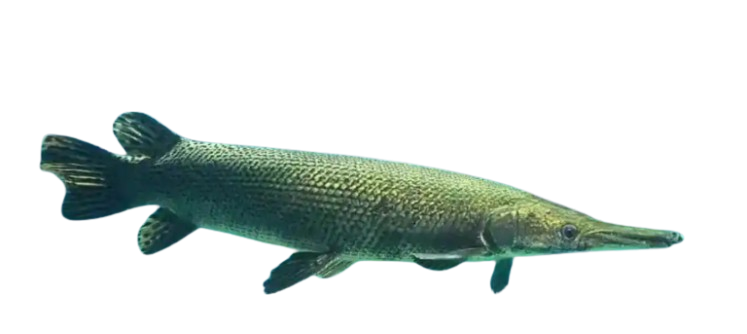
Appearance
Garfish, or “gar,” have long, slender bodies covered in tough, armored scales. Their elongated jaws are lined with sharp teeth, making them excellent predators. Depending on the species, their coloration varies from dark green to olive brown, often with lighter silvery grey underbellies.
Garfish Species
There are five main species of gar found in the United States:
1. Alligator Gar
The largest species, reaching up to 10 feet in length and weighing over 300 pounds. This apex predator is often mistaken for a prehistoric relic due to its armored scales and immense size. Found primarily in the southeastern U.S., particularly in Texas, Louisiana, and Florida, the alligator gar thrives in slow-moving rivers, lakes, and bayous.
2. Longnose Gar
Recognizable by its extended snout, this species is found in rivers and lakes across the U.S. They are more widespread than other gar species and can be found in the Mississippi River Basin and the Great Lakes region. Their narrow, elongated jaws are packed with needle-sharp teeth, allowing them to grab slippery prey easily.
3. Shortnose Gar
A smaller species with a shorter, broader snout typically grows up to 3 feet long. They inhabit quieter backwaters, ponds, and slow-moving streams, often preferring areas with dense vegetation where they can ambush their prey. Their ability to tolerate low-oxygen environments makes them highly resilient.
4. Spotted Gar
Characterized by dark spots along its body, commonly found in weedy freshwater areas. This species prefers clearer waters with thick vegetation, which helps them blend into their surroundings. Spotted gar are known for their agility and quick bursts of speed when attacking prey.
5. Florida Gar
Similar to the spotted gar but primarily distributed in Florida and Georgia. These gars thrive in warm, slow-moving freshwater bodies and are commonly found in swamps, canals, and shallow lakes. Their population remains stable due to their adaptability and abundance of food sources.
Habitat Preferences
Garfish are highly adaptable and thrive in various water conditions, from slow-moving rivers and bayous to lakes and coastal estuaries.
They prefer warm, shallow waters with plenty of vegetation and submerged structures, where they can ambush prey.
Feeding Habits
Garfish are carnivorous and opportunistic feeders. Their diet consists mainly of:
- Small fish (shad, minnows, and mullet)
- Crustaceans
- Frogs and amphibians
- Insects
Activity Patterns
Gar are most active during warm months and prefer feeding in low-light conditions, such as dawn, dusk, and nighttime. They often surface to gulp air, making them easy to spot.
Essential Garfish Fishing Gear
1. Rods
When selecting a rod for gar fishing, choose a medium-heavy to heavy-action rod to handle the strength of these fish. A rod between 6.5 to 8 feet offers a good balance of flexibility and power. Longer rods provide increased casting distance, which is useful when targeting gar in open water.
2. Reels
A baitcasting or spinning reel with a strong drag system is ideal. Garfish are known for their powerful runs, so a reel with a high line capacity (30-80 lb test line) is recommended. A high-gear ratio reel is beneficial for quickly retrieving the line when the car makes a sudden move. Ensure your reel has a smooth drag system to prevent line breakage during intense battles.
3. Line
For gar fishing, a braided line of at least 50 lb test strength is ideal due to its durability and resistance to sharp teeth. Monofilament lines can also work but are more prone to snapping. A steel leader is essential to prevent gar from cutting through the line with razor-sharp teeth.
4. Floats
Using large floats helps suspend the bait at the right depth while preventing snags. Floats also help indicate when a gar takes the bait. Choose brightly colored floats for better visibility in murky waters. Adjustable floats allow you to experiment with different depths until you find the optimal level where gar are actively feeding.
5. Hooks
Garfish have hard, bony mouths, making hook penetration difficult. The best choices are treble hooks (size 2/0 to 4/0) or circle hooks (size 4/0 to 8/0) to improve hook-up rates. Some anglers use rope lures, which tangle in the gar’s teeth, rather than relying on traditional hook penetration. This method is particularly effective for longnose gar.
6. Baits
Live bait such as shad, mullet, or minnows is highly effective. Cut bait and artificial lures also work well. Gar are attracted to movement, so using fresh, lively bait can significantly increase your chances of a successful catch.
Some anglers enhance their bait with fish oil or scent attractants to make it even more appealing. Additionally, flashy artificial lures such as spoons and jerk baits can mimic injured fish, triggering a gar’s predatory instincts.
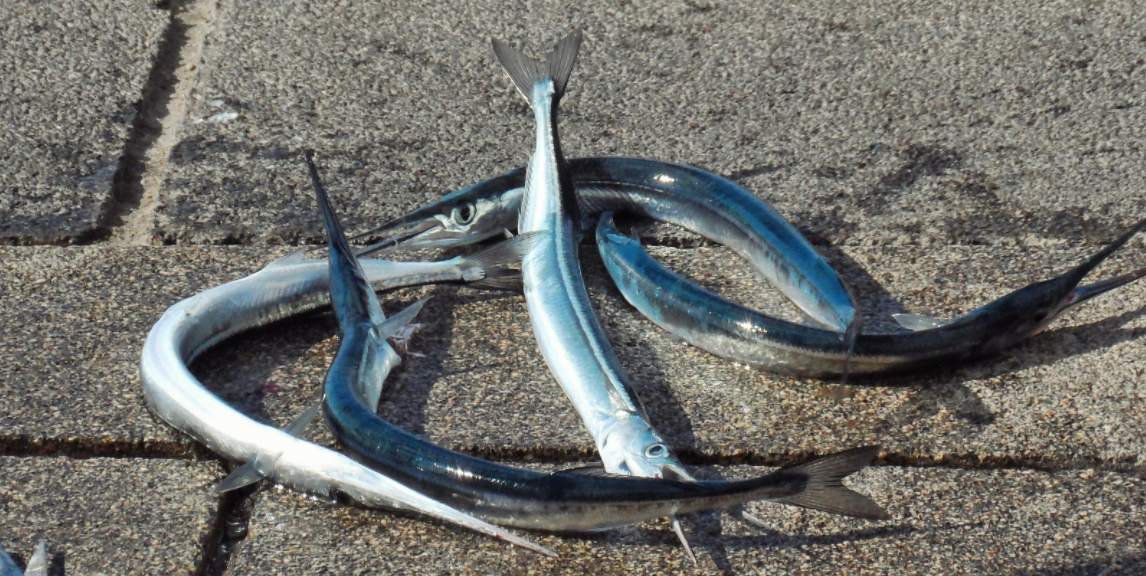
How To Catch Gar Fish?
Best Rig Setup For Gar
Selecting the right rig is crucial for successfully catching garfish, as their tough, bony mouths make traditional hook penetration difficult.
- Float Rig
This setup keeps live bait at the ideal depth where gar actively hunts. Use a large, brightly colored float to suspend a 12-24-inch steel leader with a treble or circle hook. Live bait such as shad or mullet works best, attracting gar with natural movement.
- Bottom Rig
Ideal for targeting gar near the riverbed. A slip sinker rig allows the bait to stay at the bottom while giving the gar time to fully take the bait before setting the hook.
- Rope Lure Rig
Instead of a hook, this method uses a frayed nylon rope to entangle the gar’s needle-like teeth. When the gar bites, its teeth become trapped in the fibers, making it an effective and humane way to catch longnose and spotted gar. Ensure the rope is light-colored and at least 6-8 inches long for maximum effectiveness.
Can You Catch Gar with a Net?
Catching gear with a net is uncommon due to their size and strength. However, large landing nets can be useful for securing a gar once hooked.
Alternatively, bowfishing is a popular method for catching gar, particularly in shallow, clear waters. Using a bow with a fishing reel attachment, anglers can shoot gar when they surface. This method requires precision and is best suited for experienced bowfishers. Always check local regulations before bow fishing, as some areas have restrictions on harvesting garfish.
Catch-and-Release Techniques
If you prefer to release garfish after catching them, proper handling is essential to ensure their survival. These prehistoric fish are resilient but require careful treatment to recover successfully.
- Use Barbless Hooks: Barbless or single hooks reduce injury and make removal easier, minimizing stress and damage to the gar’s tough mouth. If using a treble hook, consider flattening the barbs with pliers to facilitate a quick release.
- Keep the Fish in the Water: Gar are air-breathing fish, but keeping them submerged reduces unnecessary stress. If lifting is necessary, limit air exposure to a few seconds and avoid placing them on hot or dry surfaces.
- Use Proper Tools for Hook Removal: Since gar have bony, hard mouths, removing hooks can be challenging. Long needle-nose pliers or a dedicated hook remover ensure a safer and quicker unhooking process. If the hook is deeply embedded, cutting the line close to the hook is better than causing excessive injury.
- Handle with Care: Always support the gar’s body, especially larger specimens, by cradling them under the belly and behind the head. Avoid squeezing or holding them by the gills, as this can cause severe internal damage.
- Revive the Fish Properly: If the gar appears sluggish after release, gently move it back and forth in the water, allowing oxygen-rich water to flow over its gills. Hold the fish until it regains strength and swims away on its own.
Top Baits and Lures for Garfish
Choosing the right bait or lure can significantly improve your success when targeting garfish. These predatory fish rely on their keen eyesight and aggressive feeding habits, making both natural and artificial options effective.
Natural Baits
- Live Baitfish– Using live shad, mullet, or bluegill is one of the best ways to entice gar, as they naturally prey on these fish. Hook the bait through the back or lips to allow natural movement.
- Cut Bait– Fresh fish chunks, such as eel or shad, release strong scent trails, making them irresistible to gar. Secure cut bait on a strong hook to prevent easy removal.
- Crustaceans– Shrimp and crayfish work well, especially in areas where gar are accustomed to feeding on them. Peel the shells for better scent dispersion.
Artificial Lures
- Topwater Lures– Poppers and stick baits mimic struggling prey on the surface, triggering aggressive strikes.
- Soft Plastics– Swimbaits and worms create a lifelike movement, especially when retrieved slowly near the surface.
- Spoons and Spinners– Flashy, reflective lures grab attention, making them useful in clear water.
Berley Mix (Chumming)
Creating a berley mix of fish scraps, bread, and fish oil helps attract gear to your fishing spot. The scent disperses in the water, increasing your chances of a successful catch.
Prime Locations and Timing
Understanding where and when to fish for gar can greatly improve your chances of landing one. These ancient fish prefer specific habitats and are more active during certain times of the day and year.
Best Spots to Catch Gar
- Slow-Moving Rivers and Bayous–Garthrive in slow-moving freshwater systems, where they hunt for baitfish near the surface. Look for areas with little current and abundant prey.
- Backwater Areas with Submerged Logs– These provide excellent ambush points for gar. They often lurk near fallen trees, undercut banks, and root systems, waiting to strike unsuspecting fish.
- Coastal Estuaries and Brackish Marshes– Some gar species, such as alligator gar, tolerate brackish waters. Shallow coastal marshes are prime locations, especially near channels and tidal creeks.
- Lakes with Abundant Vegetation– Large lakes with thick weed beds and lily pads provide cover for gar and their prey. Fishing near these structures increases the likelihood of spotting gar surfacing for air.
Best Time to Fish for Gar
- Early Morning and Late Evening– Gar are most active during low-light conditions, making dawn and dusk the best times to fish. They often patrol the surface, making them easier to spot.
- Warm Summer Months (May–September)– Gar prefers warm water temperatures and tends to be more aggressive in summer, especially when oxygen levels drop, and they frequently surface for air.
- Overcast or Rainy Days– Cloudy weather keeps gar active longer during the day, while rain disturbs the surface, making them less cautious and more likely to strike at bait or lures.
Conclusion
Garfish provide an exciting challenge for anglers due to their powerful fights and unique behaviors. Understanding their habits, using the right gear, and applying effective techniques will greatly increase your success rate
Whether using live bait, artificial lures, bowfishing, or practicing catch-and-release, patience, and preparation are key to mastering the art of gar fishing
Learn More:
- Palomino Trout Fishing
- Jig Fishing For Trout
- Dry Fly vs Wet Fly Fishing
- Fishing With A Full Moon
- Fly Fishing In The Rain Techniques


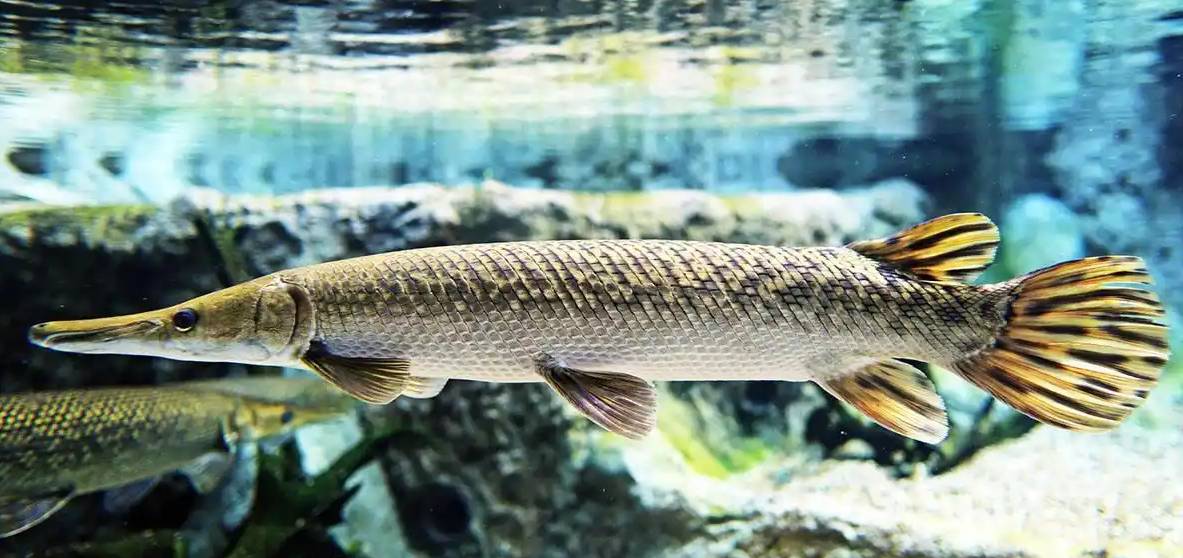
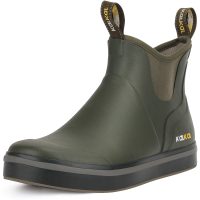

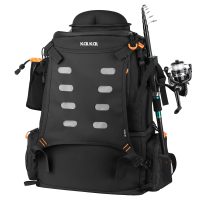
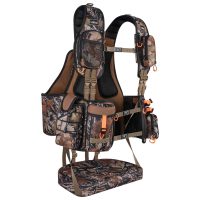
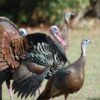

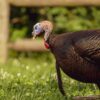
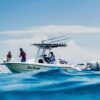

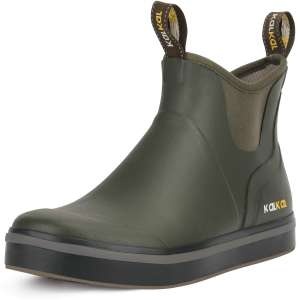
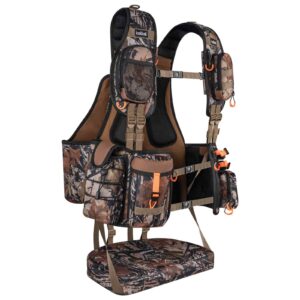
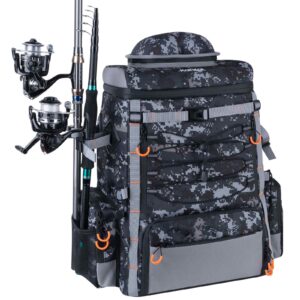
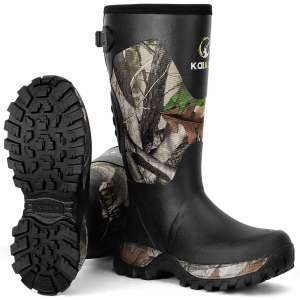
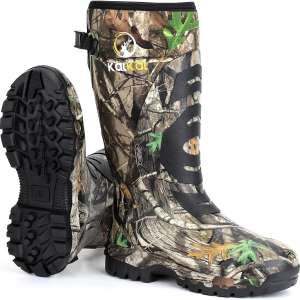



Leave a reply